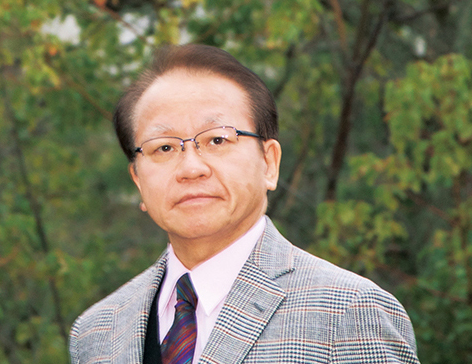Toshinori Ito, Specially Appointed Professor of Osaka University Graduate School of Medicine
 Japan is the first in the world to enter a super-aging society. Japan’s social welfare spending accounts for more than half of the country’s general expenditure and is on the rise. How to optimize medical expenses without degrading the quality of medical care is an important challenge.
Japan is the first in the world to enter a super-aging society. Japan’s social welfare spending accounts for more than half of the country’s general expenditure and is on the rise. How to optimize medical expenses without degrading the quality of medical care is an important challenge.
Toshinori Ito, a specially appointed professor at the Osaka University Graduate School of Medicine, points out that “the current medical system has its limits in meeting the ever-increasing medical and long-term care needs.”
── Can you tell us about the challenges surrounding medical care?
The first thing we have to think about is that Japan is the first in the world to enter a super-aging society. The state for more than 65 years has exceeded 7% of the total “aging society,” “aged society” at 14 percent, and more than 21% is referred to as a “super-aged society.” The proportion of Japan senior citizens has already exceeded 25%. It took 40 to 100 years for other developed countries to reach an “aged society” from the “’aging society,” but Japan has reached a “super-aging society” in just 24 years.
The average life expectancy of the Japanese people in 2014 was 80.5 years for men and 86.83 years for women, but the healthy life expectancy, which shows how to live a healthy life without getting sick, is 71.1 years for men and 75.5 years for women. There is a difference of about 10 years from the average life expectancy. The big challenge is to reduce the gap by having people to stay as healthy as possible until death.
── Does it means that many people are living with illness in the last years of their lives?
Shortly after the World War II (late 1940s) the main causes of death in Japan were malnutrition related to infectious diseases such as tuberculosis. The causes of these infections were so simple that they were cured if a treatment method was found. Like cerebral infarction, hypertension is not a simple system but a complex system. Most of the cerebrovascular damage at that time was cerebral hemorrhage caused by hypertension, so the mortality rate decreased when antihypertensive drugs were developed after that, but diseases with simple causes can be treated by medical progress.
However, even with the same cerebrovascular damage, cerebral infarction caused by blockage of blood vessels due to arteriosclerosis now accounts for the majority. There are multiple causes for this, including a fatty diet, lack of exercise, and overstress; and removing just one of them will not help much. The disease has changed from a simple to a complex and then to a chronic system.






